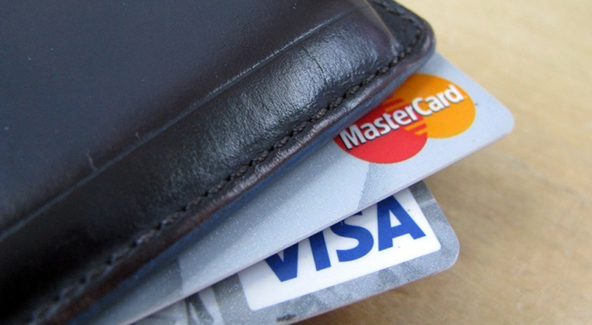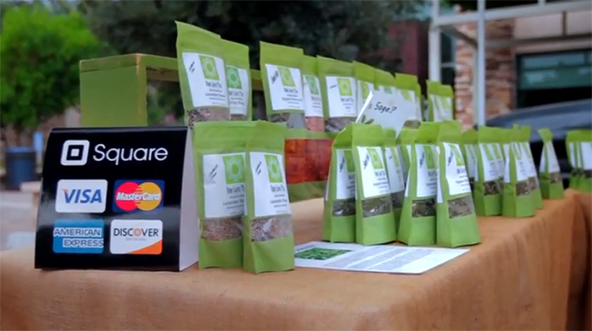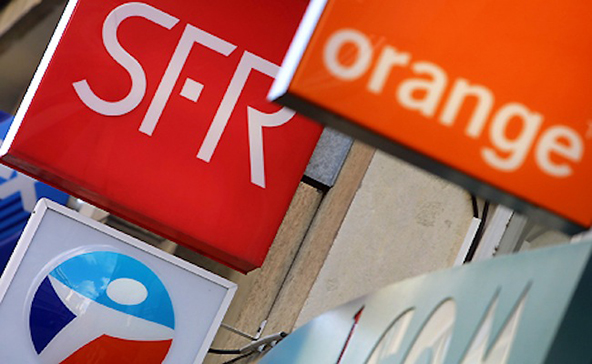Cash-Back Rewards Cause Americans to Get Deeper into Credit Card Debt

These cash-back rewards you are hoarding may not be all that good for you, after all. The Federal Reserve Bank of Chicago has found that the introduction of a 1 percent cash-back rewards program yielded, on average, $25 in monthly rewards per month in the first quarter of the program. However, the initiation of a cash-back program has also caused consumer spending and debt to increase by $68 and $115 a month, respectively.
The reason credit card debt increases faster than spending, once cardholders enroll into a cash-back rewards program, is that, on average, the monthly payment drops faster than the increase in spending. The Chicago Fed researchers have estimated that the reduction of payments in the first quarter of the program was $38 per month, after the start of the program.
 The cash-back-induced credit card debt keeps on rising beyond the first three months of enrollment. The average spending and debt increase during the nine months subsequent to the cash-back reward program initiation by $76 and $197 per month, respectively. During the same nine months period the reduction in payments is $83.
The cash-back-induced credit card debt keeps on rising beyond the first three months of enrollment. The average spending and debt increase during the nine months subsequent to the cash-back reward program initiation by $76 and $197 per month, respectively. During the same nine months period the reduction in payments is $83.
Interestingly, the Chicago Fed report reveals that cash-back programs impact differently the spending habits of consumers, depending on whether or not they’ve had debt prior to enrolling into the program.
It turns out that cardholders who do not use their card prior to enrolling in a cash-back program increase their spending and debt faster than cardholders with debt prior to the cash-back program. Moreover, 11 percent of cardholders who did not use their credit cards in the three months prior to enrolling into the cash-back program spent at least $50 in the first month of the program.
Here are some interesting findings from the Fed’s report:
- 11 percent of cardholders who were inactive during the three months prior to the cash-back program used their cards to make purchases of at least $50 in the first month of the program.
- Inactive cardholders increased their average monthly spending by $220 during the first quarter and $180 during the first nine months. Their average monthly increase in debt during the first quarter of the program is $167.
- Single cardholders increase their average monthly spending by $55 during the first quarter, while the figure for married cardholders was $9.
- Single cardholders increase their average monthly debt by $65, as compared to $111 by married cardholders during the first quarter.
- Cardholders who earn less than $40,000 increase their average monthly spending by $47, while cardholders that earn more than $40,000 do so by $74 during the first quarter of the program. The former accumulate on average $56 in additional debt per month, compared to $87 for cardholders earning more than $40,000 during the first quarter.
So the average cardholder is actually very much worse-off after enrolling into a cash-back program than before it. The average monthly debt accumulated for the first quarter after enrolling into such a program ($115) is more than three and a half times bigger than the average monthly reward ($25) during the same period. Small wonder then that credit card companies are pushing rewards programs so hard.
Image credit: Bankist.ru.



Currently I’m using Citibank Cash Back. Once the accumulated cash back reach $50, it will be credited into my credit card’s account. Based on my monthly credit card expenses, I’m constantly received $50 in every 2 months. Definitely I will not go back to bonus or rewards type credit card.
Cenor,
It sounds like you’ve figured out what the best rewards program for you is and I have to say that cash-back cards have worked best for me as well.